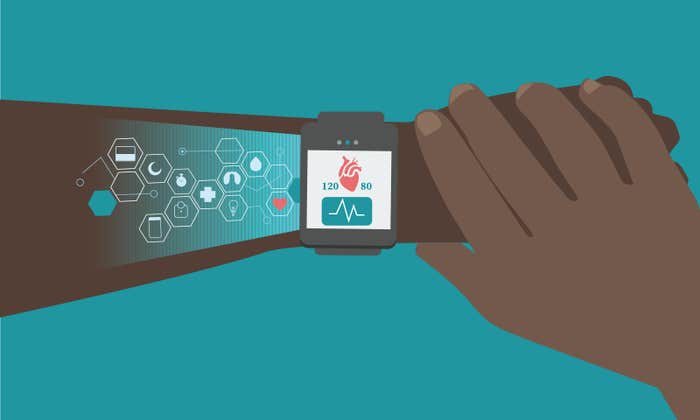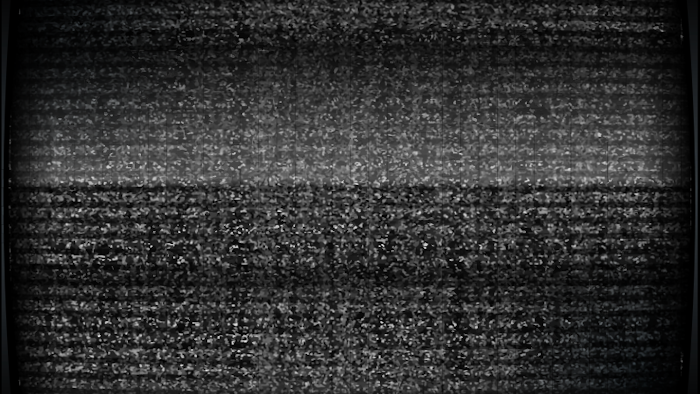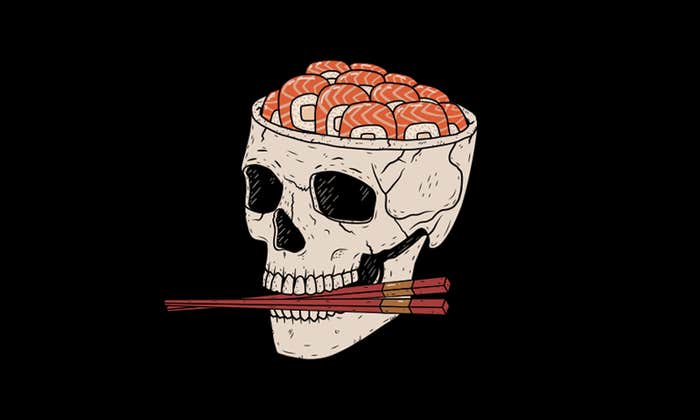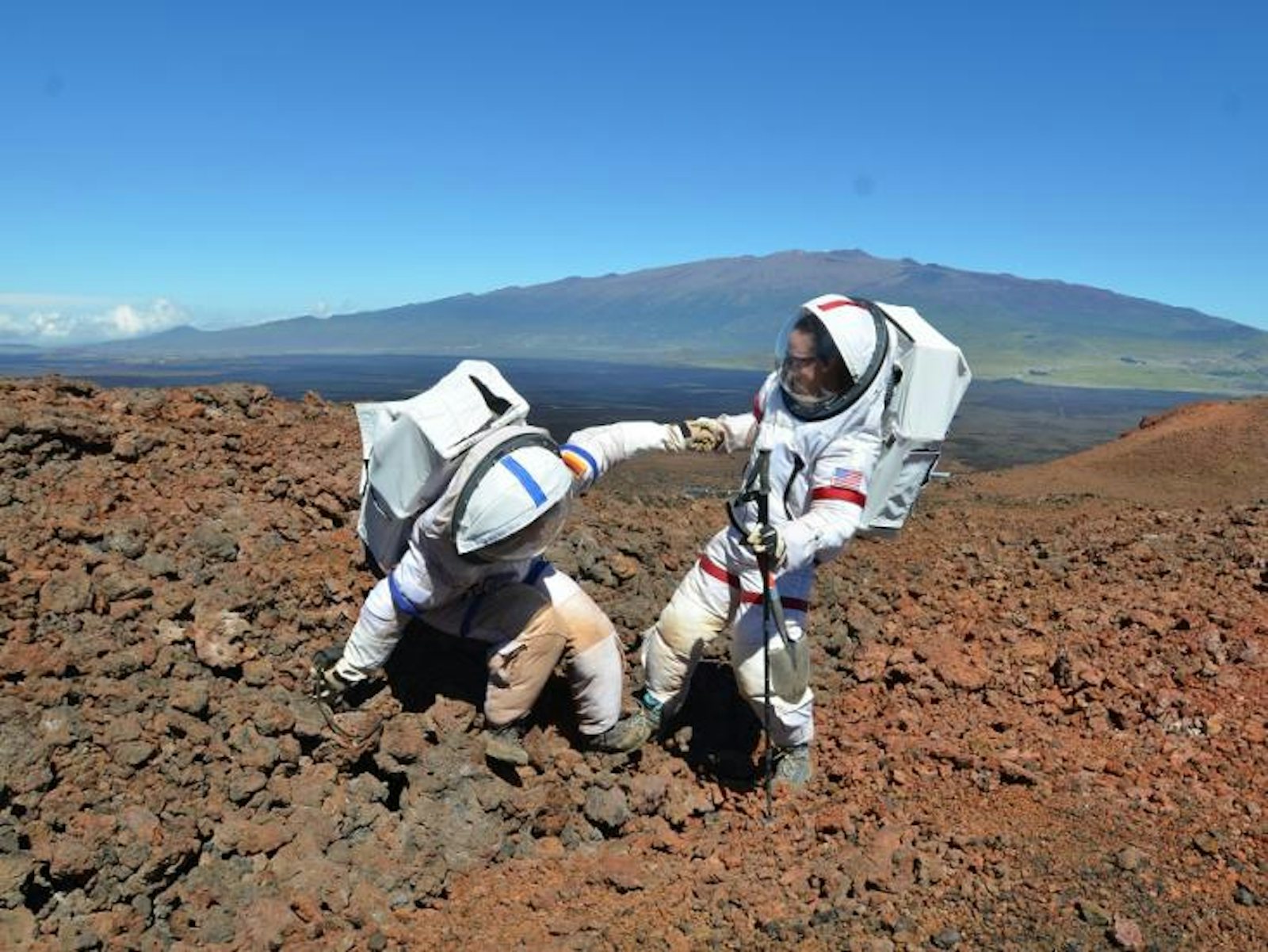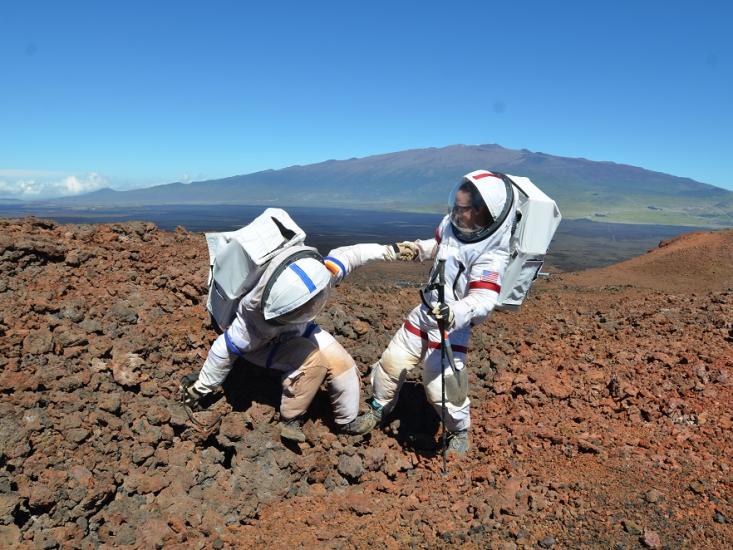
Space is no place to be alone. On Earth, it may be uncomfortable, even oppressive—but by itself, being alone isn’t life-threatening. A person alone in space, however, is definitively lost: dead, or about to be.
On simulated Mars—the slopes of a volcano in Hawai’i where I’m helping NASA learn how to plan interplanetary missions—no one is physically alone. We are a six-person crew: a soil scientist, a water specialist, an astrobiologist, an engineer, a space architect, and a doctor—that’s me. Up here, it’s my job to prevent physical and psychological harm. In the process of doing this, it’s become clear that being a space doctor comes with its own risk: a sort of painful, professional isolation that, so far, has defied an easy cure—or even a diagnosis.
In medicine, if someone says, “I’m hurt,” I ask questions to identify the problem: Where is it? When did it start? Is it burning, stabbing, or pulsing? Is it weak or strong? Unfortunately, alone-ness isn’t something to which I can physically point. Whether someone is trapped in a Chilean mine, sitting solo in a crowded bar, or hunkered down in a dome, like me, the feeling of being alone typically defies placement—it’s amorphic, yet insistent.
I first noticed the feeling a few months into our 12-month mission. I was sitting at my desk reading about the FDA approval of new, easier-to-administer method for treating drug overdose. This was fantastic news. I turned excitedly into the dome looking for someone to tell. Then, I remembered where and who I was: the lone physician on sMars.
Medicine is not designed to operate in a vacuum. Only 17 percent of physicians in America today practice privately; they do so working alongside nurse practitioners and medical assistants. The same pattern exists in the developing world. Where I lived in Africa and the Caribbean, medical practices usually had a single doctor or shared one among several clinics; but even they were aided by a small fleet of medically savvy herbalists, midwives, field medics, and more.
That was true of me, too—until sMars. Now, I’m the only one for miles who has ever stitched up a wound, placed a breathing tube, or started an IV. Even when I was the only doctor at a music festival in the middle of a national park in New Zealand, I worked alongside a pediatric nurse and two EMTs. On sMars, everyone’s position crosses over somewhat—save my own. The water expert and astrobiologist have knowledge that overlaps with the soil scientist. The engineer shares expertise with the habitat architect. To make matters even more isolating, my job requires that I keep a therapeutic distance from my crewmates because they are also my patients. Over the past half year that distance has proven…deafening.
Through it all, I try to remember this: Deep space may be new and mysterious, but to humankind, the one-doctor show is no novelty.
Even so, as wilderness medicine goes, I know I have it good. In a true emergency, a rescue helicopter is 60 minutes away. Don’t get me wrong—an hour is a very long time to be alone with a critically ill person. For that matter, so is five minutes. Importantly, it’s a lot less time than the doctor on a Mars-bound mission will spend with a patient. I don’t envy the space physician who’s 140 million miles from the nearest hospital when the ship’s pilot develops appendicitis. In that moment, there will be no helicopter to call. It will be the doctor alone, her tools, her knowledge, her time to act.
For the sake of the crew as much as the doctor, having more than one medical professional onboard would certainly benefit a deep-space mission. Unfortunately, lifting even one human out of Earth’s gravitational field comes at heavy cost, and lifting a crew all the way to Mars would require a three-year supply of water, food, oxygen, as well as research and medical supplies. That’s why each mission needs as small and diverse a crew as possible: one that can not only keep everyone alive and all the equipment intact, but also conduct any necessary research or experiments.
It sounds like a lot, and it is. We can barely do it all with a six-person crew in a Mars simulation. If space is the future of mankind, it looks like the lone space doctor is the future of medicine. One planet, one doctor. Make it work. Through it all, I try to remember this: Deep space may be new and mysterious, but to humankind, the one-doctor show is no novelty.
A century ago, people routinely jumped into carts to fetch a solitary local doctor equipped with just a leather satchel. That’s pretty much how I landed on sMars: with a reflex hammer, a blood-pressure cuff, and the same red stethoscope I’ve worn around my neck since medical school. The limited resources do come with some benefits: They force me to remember my basics and focus on good, preventative medicine. They also leave me longing for a medical peer to talk with, face-to-face, about my circumstances—someone who could empathize with vagaries of muscle pains and mysterious rashes. This had been my state of affairs for months.
Then, a few days ago while out on an Extra Vehicular Activity, something happened that finally allowed me to pinpoint my loneliness as I might a pain in my chest. In the middle of a routine task, my radio headset developed a glitch. I could hear my crewmates talking, but I couldn’t reply. For the rest of the EVA I used hand-signals and wrote on notepads, trudging along as chatter flowed into my earpiece. When my partner looked directly at me, I nodded and smiled. This is how we made it through the day, but this is no way to make it through a mission.
No one is immune to loneliness, but, at least in my case, I can now begin working toward a treatment. In hospitals back on Earth, I used to explain to patients why I was doing a certain exam, how a heart should sound, or how come their leg jumped when I tapped it with a hammer. At first, I did this to cement my routine. Later, I continued doing it because the patients seemed to like it—to enjoy the opportunity to be involved and learn something. (Looking back, I think we both liked it because it made us feel less like two awkward strangers and more like two people having a discussion about something we both cared about.) I figure, this same principle should work on sMars. If I train my crewmates to be mini-doctors, I could potentially cure two problems with one shot: have someone to talk to about medicine, and cultivate potential assistants who could help if someone got really hurt up here.
Earth may not be able to launch more than one space doc at a time now or anytime soon—but, if we set our minds to it, by the time we get to Mars, there might be six of us on board.
Sheyna Gifford started working in the field of astrophysics while at UC Berkeley and went on to earn an MD and later a master’s degree in journalism at USC. When not in simulated space, she lives in St. Louis with her husband and their two cats. Read her previous Nautilus post: “Stress on Simulated Mars Is Not What I Expected.”










